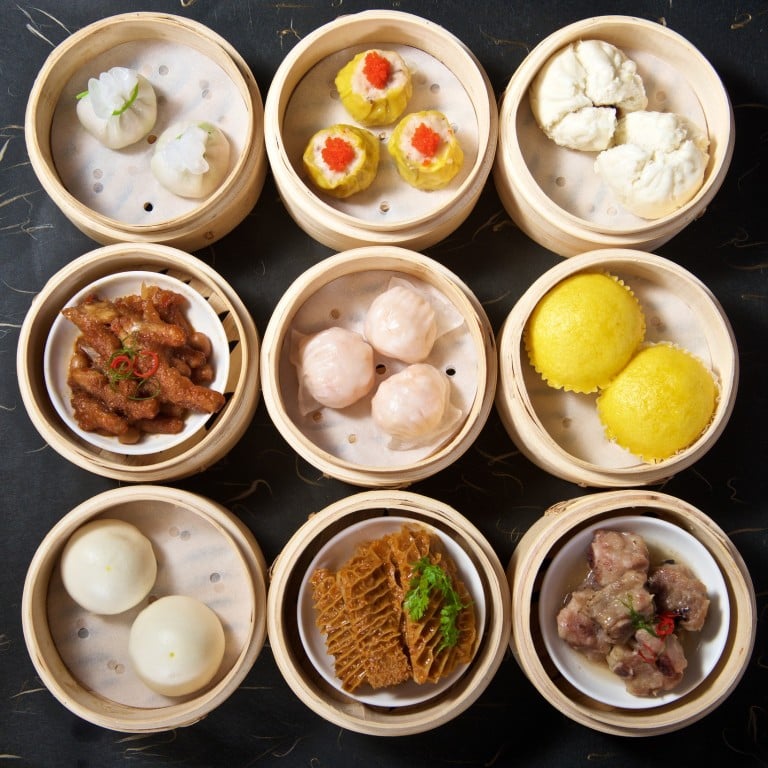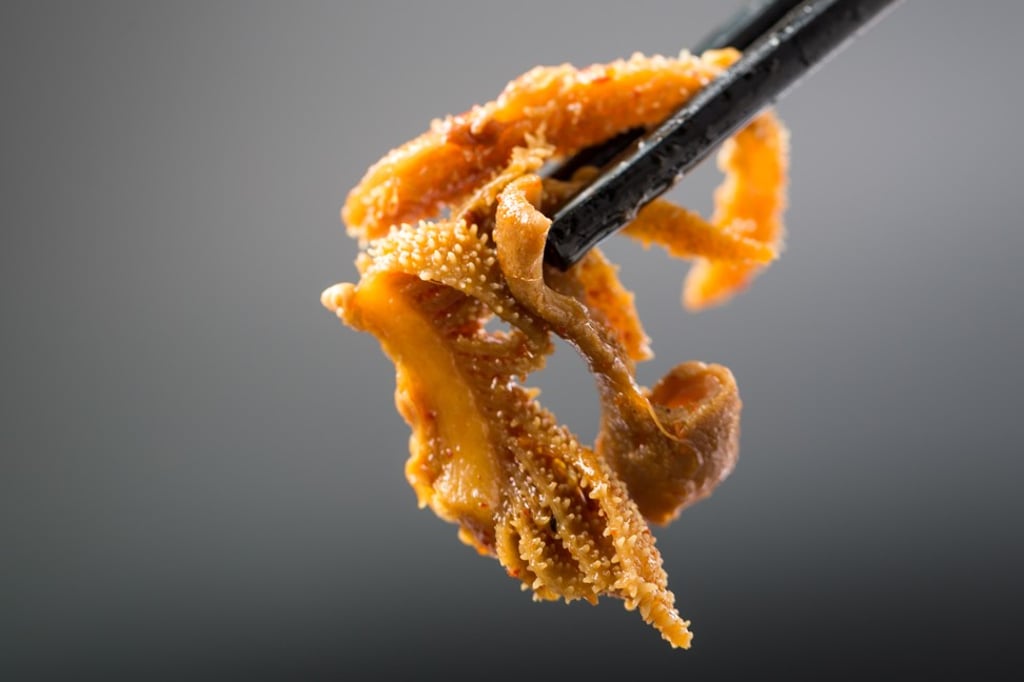How dim sum lovers can stay healthy – and avoid 900-calorie meals

Hongkongers regularly enjoy the traditional meal of choosing dishes from bamboo baskets, but many are high in fat and sodium
Eating dim sum is a part of most Hongkongers’ lifestyle.
Whether this delicious meal is enjoyed at the weekends, or during the lunch hour, many people enjoy the tradition of picking and choosing dishes from the wide selection of foods served in the steamy hot bamboo baskets.
However, what many people do not realise – or try to avoid thinking about – is that the average dim sum lunch – five steamed items, two fried items, two braised or stewed items and one dessert – can add up to about 900 calories.
We often hear that steamed foods are healthier for us than those that are fried or deep-fried. Yet this recommendation does not necessarily apply to dim sum.
The ingredients included in dim sum are just as important as how the dish is prepared.
Many dim sum dishes are calorie dense, and high in fat and sodium, which could be contributors to the increased risk for heart disease
Many dim sum dishes are calorie dense, and high in fat and sodium, which could be contributors to increased risk of heart disease. That said, some dim sum dishes have hidden calories, fat and sodium, which may not be easily noticed.
Check out these tips if you are a frequent eater of dim sum and looking to avoid fatty choices and pick healthier options.
Obvious culprits:
Offal
